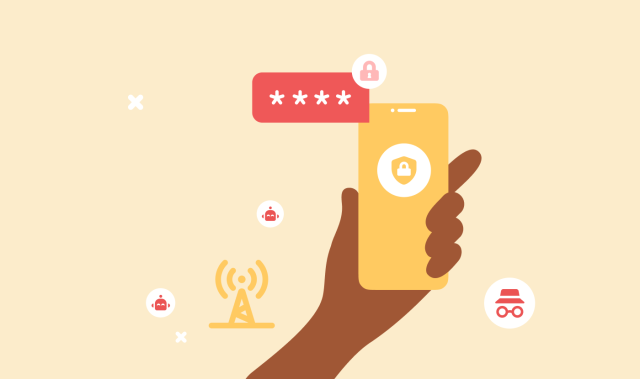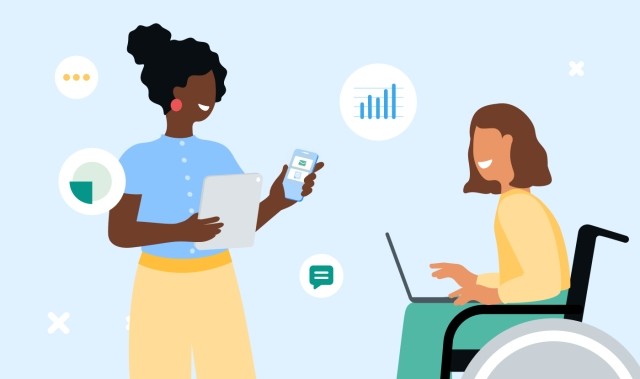In this article:
Companies have long since realized how enterprise messaging is an essential part of any solid communication strategy. High volume SMS sent to customers or employees, application to person (A2P) easily trumps any other channel for open rate and response.
Historically marketers had a few communication channels at their disposal, typically SMS and email. The communication process on offer was, initially at least, a one-way system. More or less a hit and hope numbers game that offered very little in the way of accurate targeting or understanding of the consumer. Now of course targeting has surgical accuracy, and messages can be personalized, so that offers and promotions are optimized to add maximum value. Who doesn’t welcome a discount lunch voucher from a nearby favourite restaurant at 11:55 AM? As messaging gets more sophisticated, it’s marketers that are finding new ways to improve on a variety of tasks. Whether it’s reducing churn or building brand loyalty and sales through the timely distribution of promotions, effective real-time communication is fast becoming an essential part of the marketing tool-kit.
It’s also fair to say that consumers want to talk to brands, be that a product enquiry (do you have this in stock, in orange?) customer service (how do I return something) checking a store location or opening times for a bank. In other words, consumers want conversation, and they want it to happen on a platform of their choice (voice, chatbot, in an app, via a text message) at a time of their choosing, on a bus, whilst watching TV, or filling in downtime whilst waiting in a café.
For marketers, pulling all these threads together to present a responsive brand is tricky. Combining channels to send marketing messages, enable conversational commerce or customer service functions ends up in a disjointed user journey – there’s just too many blind spots to join up. But it’s vital to get it right, consumers value a connected customer experience.
A 2018 study by Mulesoft, discovered that 81% of respondents think that the brands they regularly interact with provide a disconnected customer experience, a further 69% would consider changing their bank, retailer or insurance provider because of it. Savvy enterprises are turning to communications platform as a service (CPaaS) - cloud-based platforms that enable developers (or anyone for that matter) to embed real-time communication features like voice, SMS, and chatbots via APIs into apps or any other customer touch-point without hardware or infrastructure. Importantly, CPaaS reduces friction in the user journey.
Early CPaaS growth has been kicked off by agile, digital first players who have used it to roll-out services that put marketing goals first, like the precious brand loyalty that can only be realized through highly reactive messaging. Ride-sharing app, Uber for example, has six ways that its customers can get in touch for help, blending in-app support with web, SMS, email, chatbots and humans.
And whilst the CPaaS approach supports real-time responsive messaging, at the same time it helps marketers dig deeper into customer engagement. A customer on a retail app for example may want to ask a< question about a product. Without CPaaS, they would have to come out of the app to make a call or send an email, which nine times out of ten would end up in a lost sale. With CPaaS, they can simply tap to start a live chat with an advisor in-app, or online, and choose from a variety of channels, including SMS, or in-app video calling to do it - the communication is instant and relevant.
Travel firm Booking.com is a great example of how this works in the real world. It’s website and mobile apps are available in over 40 languages, offer more than 1.6 million holiday properties and cover 126,000 destinations in 229 countries. However, the company found that they were losing money from customers making voice calls to book outside of the online or app. The solution was to use a CPaaS platform so that calls could be made in-app or via an online experience, bringing bookings (and revenues) back to Booking.com service agents.
Download the second eBook in our series to find out how messaging and CPaaS can help you speak to your customers, build sales and create brand loyalty.



